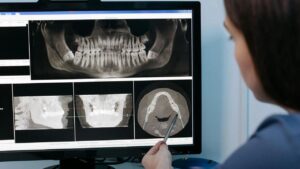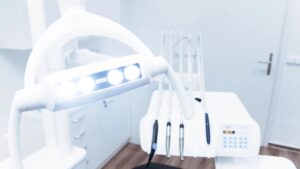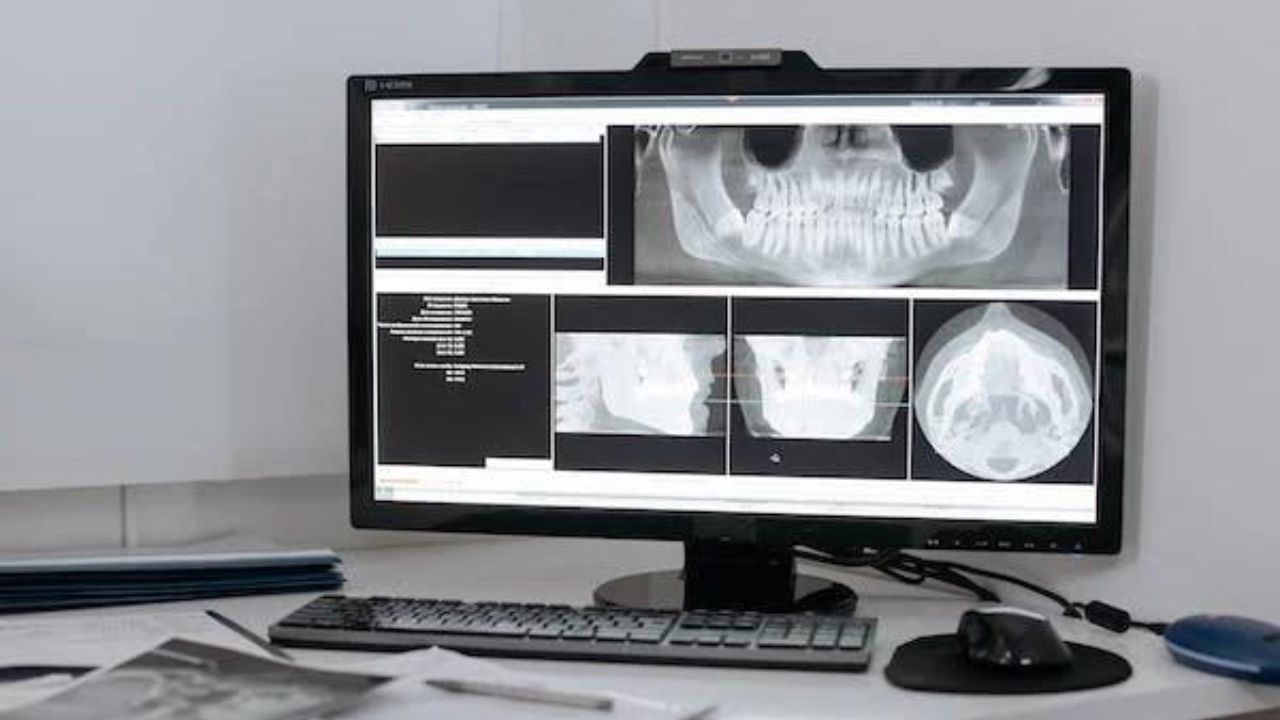In today’s fast-paced, technology-driven world, it seems like there is an app or gadget for everything. From ordering food to managing finances, technology has revolutionized the way we do almost everything. But did you know that this technological boom has also extended to dental care practices? That’s right – advancements in technology have modernized the field of dentistry, making procedures more efficient and effective than ever before. In this blog post, we’ll dive into the role of tech in modernizing dental care practices and explore how it is transforming patient experiences and improving oral health outcomes. So buckle up and get ready to discover the innovative ways that technology is shaping the future of dentistry.

The current state of dental care and how technology is changing it for the better
The current state of dental care is constantly evolving and improving, thanks to the advancements in technology. In the past, dental procedures were often time-consuming and uncomfortable for patients. However, with the integration of technology into dentistry, treatments have become faster, more precise, and less invasive. For example, digital imaging allows dentists to get a detailed view of a patient’s teeth and gums, making diagnoses more accurate and efficient. Additionally, the use of 3D printing technology has revolutionized the creation of dental restorations such as crowns and bridges, resulting in better fitting and longer-lasting solutions for patients.
Explanation of IT services with dental practices and how they benefit from it
For dental practices, IT services have become an essential component of their operations. From managing patient records to scheduling appointments and handling billing, technological solutions have made running a dental office more efficient and streamlined. For example, you can choose NOVA Computer Solutions or other similar IT service providers to handle your practice’s technology needs. They can provide support for hardware and software, implement data security measures, and offer cloud-based solutions for easier access to patient information. With the help of IT services, dental practices can focus on providing quality care to their patients without having to worry about technology-related issues.
Advancements in digital imaging and its impact on accuracy and efficiency in diagnostics
Digital imaging has revolutionized the dental field, marking one of the most remarkable advancements in dental technology. This technology allows dentists to capture high-resolution images of a patient’s teeth and gums, providing a more detailed view than traditional X-rays. With the use of 3D cone beam computed tomography (CBCT), dentists can now create three-dimensional images that offer a more comprehensive understanding of a patient’s oral health. This has greatly improved accuracy in diagnoses and treatment planning, resulting in more successful outcomes for patients. Digital imaging also allows for quicker image processing, reducing the time patients have to spend in the dental chair and making procedures more efficient overall.

The use of electronic health records (EHRs) in streamlining patient information and communication
Electronic health records (EHRs) have made a significant impact on how dental practices manage patient information and communicate with their patients. With EHRs, all patient records are stored digitally, making it easier for dentists to access and update information in real time. This not only streamlines the process of managing patient records but also allows for better communication between patients and their dental care providers. Patients can access their records and communicate with their dentists through secure online portals, eliminating the need for paper forms and phone calls. This has improved the overall patient experience and increased efficiency for dental practices. Moreover, EHRs allow for better data analysis and tracking, enabling dentists to identify patterns and make more informed treatment decisions.
Virtual consultations and teledentistry as a convenient option for patients
In recent years, virtual consultations and tele-dentistry have emerged as convenient options for patients seeking dental care. Virtual consultations allow patients to connect with their dentists remotely through video conferencing, eliminating the need for in-person visits. This is particularly beneficial for patients who live in remote areas or have difficulty traveling to a dental office. Tele-dentistry takes it a step further by allowing dentists to remotely diagnose and treat patients through digital technologies. This has greatly improved access to dental care for underserved populations, as well as increased convenience for busy individuals.
The rise of AI-powered tools in dental procedures
The rise of artificial intelligence (AI) has also made its way into the dental field, with AI-powered tools being used in various procedures. One example is the use of AI algorithms to assist dentists in detecting cavities and other oral health issues. These tools can analyze images and provide more accurate results than human interpretation alone. Furthermore, AI is being used in prosthetic dentistry, with machines being able to create more precise and natural-looking restorations. The use of AI has not only improved the accuracy and efficiency of dental procedures but also reduced the margin for human error.
Importance of cybersecurity measures in protecting sensitive patient data
With the integration of technology into dental practices, it is crucial to prioritize cybersecurity measures in protecting sensitive patient data. As patient information is increasingly stored and accessed digitally, there is a greater risk of data breaches and cyber-attacks. This can have serious consequences not only for patients’ privacy but also for the reputation and financial stability of dental practices. Implementing strong cybersecurity measures such as firewalls, encryption, and regular data backups can help prevent breaches and ensure the safety of patient information. It is also important for dental practices to stay up-to-date with HIPAA regulations and invest in staff training to maintain a secure network.
Technology has played a crucial role in modernizing dental care practices, making treatments more efficient, and improving patient experiences. From digital imaging to virtual consultations, technological advancements have revolutionized the field of dentistry and transformed the way patients receive oral care. With the continued integration of technology into dental practices, we can expect even more innovative solutions that will further improve oral health outcomes and make dental care more accessible to all. As technology continues to evolve, so will the field of dentistry, and we can look forward to a future where dental care is more advanced, efficient, and patient-centric than ever before.
